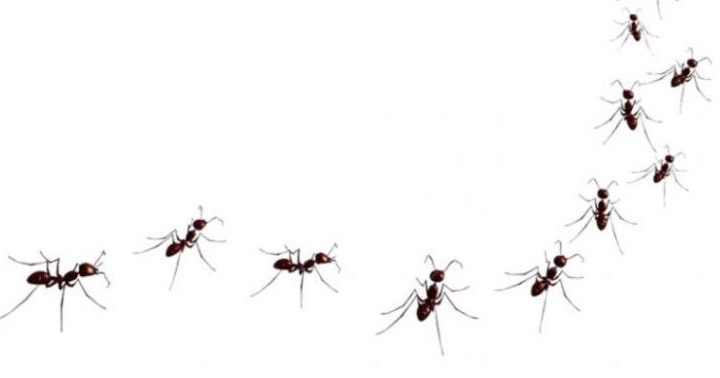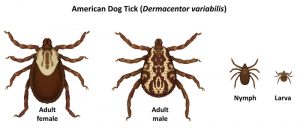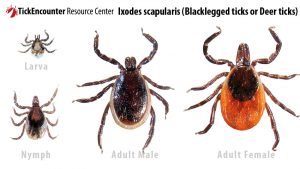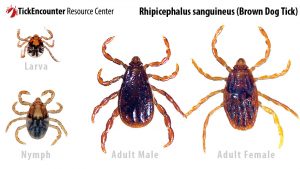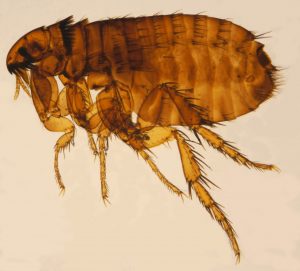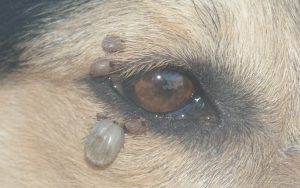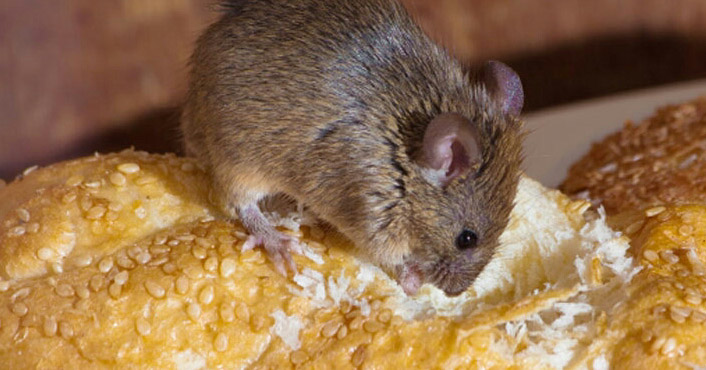You find a high quality pest control exterminator. That’s not always easy.
Just what is a Pest Control exterminator?
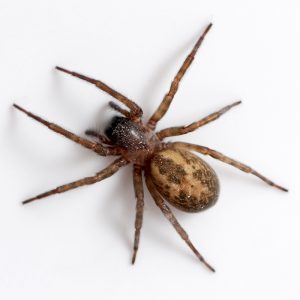 A Pest Control exterminator is trained in everything to safely eliminate pests and utilizes a variety of methods to prevent future infestations from occurring.
A Pest Control exterminator is trained in everything to safely eliminate pests and utilizes a variety of methods to prevent future infestations from occurring.
Independent exterminators can be found in most areas, but most homeowners hire pest and critter control extermination businesses to handle the task. While there are many workable do-it-yourself methods on the market, it’s often necessary to call in the experts.
Humans have been battling against pests since the dawn of civilization. Pest control was used mainly to protect crops in ancient civilizations, but organizations began offering a service to property owners and companies in the late 1800s. Since then, a range of pest control products and extermination techniques have been developed.
Tools of the trade
Today, exterminators have an army of potential choices for combating pests of all types. Various tools and methods work well against various pests, so it’s crucial for an exterminator to be highly trained to be skilled on every available techniques.
A few of the most popular pest elimination tools include:
Traps – Both kill and traps that are no-kill are used. Traps are mostly effective against small infestations and generally not created for removal of big population infestations. Variants include catch-and-release traps, spring-loaded traps (traditional mouse trap), sticky traps and electronic traps.
Spring-loaded, electronic and multi-catch traps are most commonly employed for rodents and snakes, while sticky traps work well against a variety of smaller pests. Visual traps that use light to attract pests are effective against many different types of insects as well.
Baited traps – this technique involves placing a “bait station” that permits a pest to enter and feed. The idea is that the pest will consume the poison which can work well on an ants that have colonized your home.
Poison Spray – Poisoned spray is great for situations in which pests are confined to a specific area. It is commonly utilized to exterminate insects.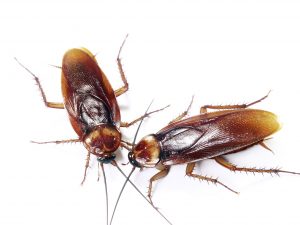
Fumigation – Fumigation may be the procedure for sealing off a structure and filling it with poison gases or pesticides. This method can tackle big areas easily and quickly, if it’s feasible to seal off an entire house. It’s employed for everything from spiders to insects that are flying.
Hiring an exterminator
It is better to preemptively hire an exterminator for regular inspections than it is to wait until there is a problem. Unfortunately, pests don’t warn you when they are about to become an infestation, and that means you never know when you will require the help of a pest control exterminator.
Tips for hiring an exterminator:
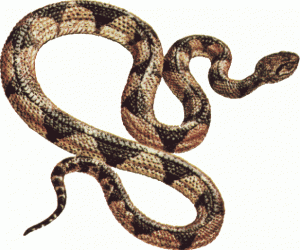 The exterminator should be able to design a specific plan to identify the forms of pests that require management, the level of infestation, the removal method that is most beneficial and steps to lower the danger of future infestations.
The exterminator should be able to design a specific plan to identify the forms of pests that require management, the level of infestation, the removal method that is most beneficial and steps to lower the danger of future infestations.
A quality extermination business will have a track record that is strong. Check reviews on <a href=”https://www.facebook.com/pestandcrittercontrol/”>Facebook</a> and ask friends, family and loved ones for recommendations.
Green Eco friendly and extermination that is humane
Like many home owners, you may choose to hire an exterminator that is willing to use eco-friendly or eradication that is cruelty-free. Many exterminators are happy to offer these choices.
Some of the most typical green pest elimination methods include:
* No-kill traps – these kinds of traps confine bugs to tiny areas and allow them to be released back in the wild at the same time that is later.
* Diatomaceous Earth – Otherwise known as DE, this is a compound that is made up of algae skeletons. It kills insects by deteriorating their exoskeleton.
* Biological control agents – In some cases, predatory insects or those which can be parasitic such as nematodes and mites can be employed to eliminate pests.
* Additional methods – Sometimes, very measures that are simple help get pest infestations under control. Exclusion methods like screens and weatherstrips frequently work well to plug gaps where insects enter the house. Regular cleaning will help get rid of food sources that most problem insects seek. Habitat modification, which often involves the removal of weeds and plants from around the periphery of a property, will restrict insects also.
